Barocci's Madonna of San Simone at Palazzo Marino
A masterpiece for Christmas

For Christmas 2024, Palazzo Marino will be transformed into a temple of beauty thanks to Federico Barocci’s Madonna with Child and Saints Simon and Jude, known as The Madonna of San Simone, a monumental altarpiece on loan from the Galleria Nazionale delle Marche in Urbino.
From December 4th to January 12th, 2025, the festive spirit will embrace the Sala Alessi, adorned by a scenographic installation that will act as a backdrop to the great masterpiece.
The annual exhibition is traditionally free to enter, with guided tours by art historians, to enable visitors to fully immerse themself in the world of Renaissance art and the work of Barocci, heir to Raphael's classicism.
From December 14th to January 5th, 2025, it will also be possible to discover artistic and architectural treasures in other areas of the city: thanks to the Natale nei Borghi initiative, free guided tours will be organized in 18 locations within the nine Municipalities to enhance the communities as urban centres, and to reveal the art treasures and cultural heritage they conserve.

Opening times:
Every day from 09:30 to 20:00 (last admission 30 mins before closing).
Early closings – late openings
December 7th closing at 12:00 (last admission at 11:30).
December 24th and 31st closing at 18:00 (last admission 30 mins hour before closing).
Holidays
December, 8th, 26th, 2024 and January 1st and 6th, 2025 from 09:30 to 20:00 (last admission at 19:30).
December 25th from 14:30 to 18:30 (last admission 30 mins before closing).

Ticket information:
Free admission with free guided tours

Public transport:
UNDERGROUND
Line red M1 and line yellow M3 – stop Duomo
BUS
Line 61 – stop Via Monte Di Pietà/Via Verdi
TRAM
Line 1 – stop Teatro alla Scala
Lines 2, 3, 12, 14, 15, 16, 19 – stop Duomo
The masterpiece for Christmas, on display this year at Palazzo Marino, is by Federico Fiori known as Barocci (Urbino, 1533 – 1612).
He is the direct heir of Raphael's classicism, and his work metaphorically concludes the High Renaissance period and that of the Duchy of Montefeltro.
Names that have made the history of art, such as Piero della Francesca and Donato Bramante, also practiced their craft in the Urbino capital, the birthplace of both Barocci and Raphael.
At the age of thirty, after important residencies and commissions in Rome, Federico Barocci self-exiled to his hometown, far away from the great cultural centres. Nonetheless, he became an interlocutor of popes, sovereigns and emperors, and one of the favourite painters of Federico Borromeo, cardinal and archbishop of Milano from 1595.
His most famous works are the altarpieces, such as the Madonna and Child with Saints Simon and Jude, painted between 1566 and 1567, exhibited at Palazzo Marino this year.
The 283 x 190 cm canvas depicts Saint Jude Thaddeus, with the halberd of his martyrdom, to the right of the Madonna; Saint Simon, identifiable thanks to the saw used by his torturers to kill him, to the left of the main group, consisting of the Virgin who is teaching the Child to read. The patrons who donated the work to the Church are depicted in the lower right corner.
The Madonna of San Simone is presented in the Sala Alessi embraced by a scenic backdrop which metaphorically depicts the city of Urbino, in a graphic representation entrusted to the internationally-renowned illustrator Carlo Stanga.
The exhibition is further enhanced by an autographed drawing by Barocci, from the Gabinetto dei Disegni design archive at the Castello Sforzesco, a preparatory work for the figure of a devotee in the altarpiece of the Madonna del Popolo, a painting now preserved in the Uffizi.
Made between 1575 and 1579, the draft offers the opportunity to immerse oneself in Barocci's creative process. It is, in fact, the fragment of a large cartoon, drawn in charcoal and white chalk, where the contours of the figure are engraved with a stylus to trace the composition directly onto the altarpiece.

 Log in
Log in



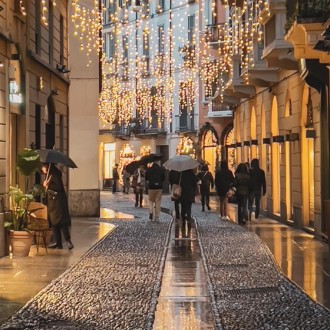
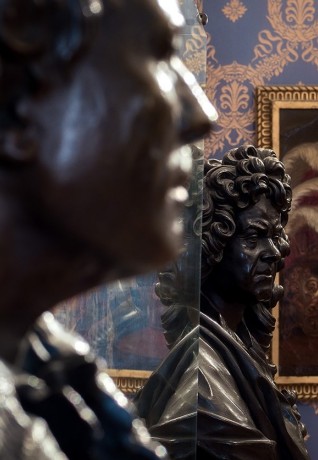
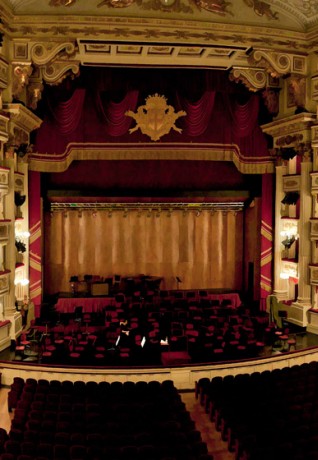

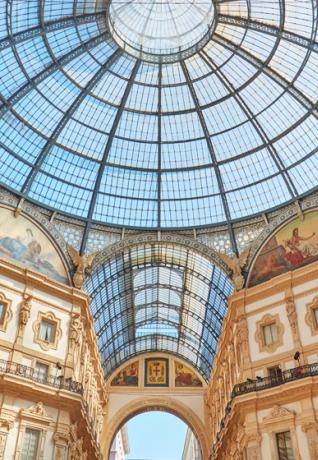


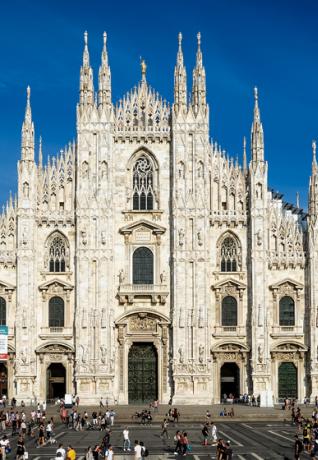
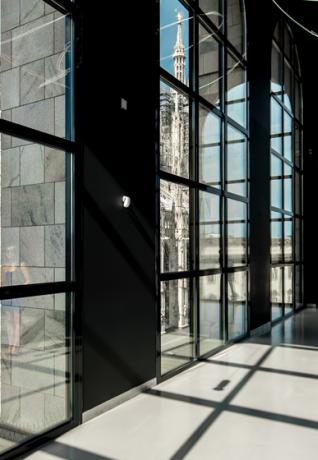
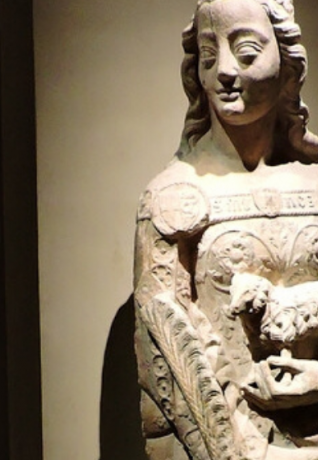
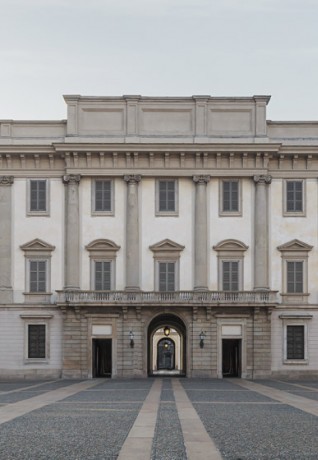


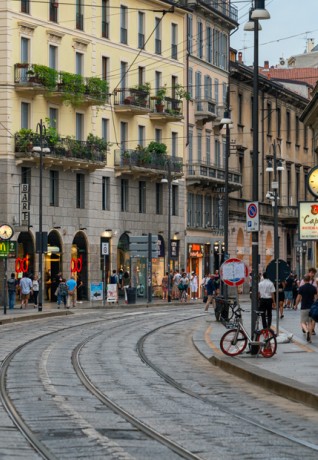

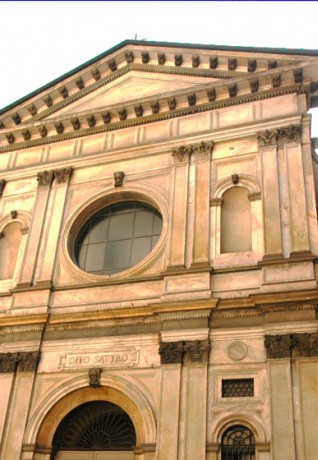
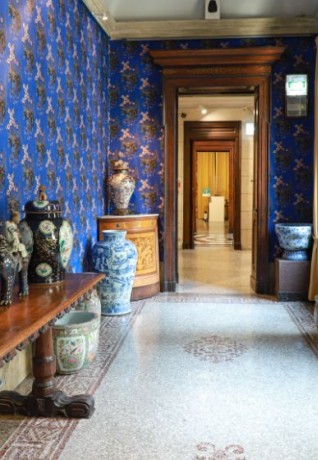
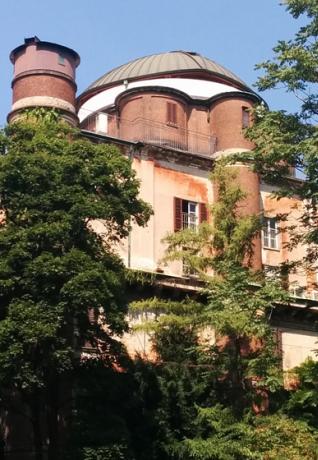
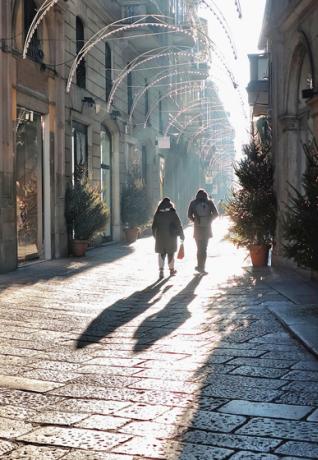
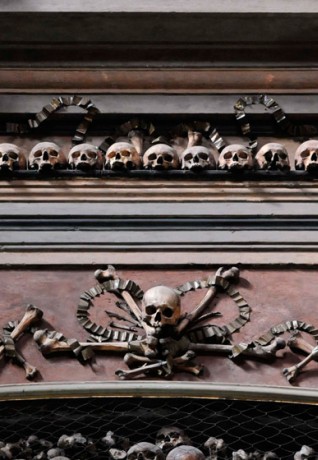






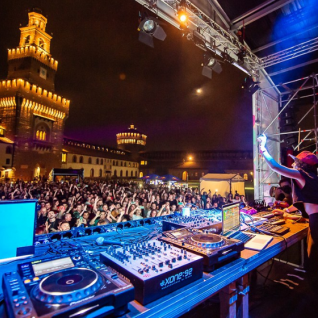
![Felice Casorati, Raja, [1924-1925], Collezione privata. ph. Matteo De Fina, Venezia Felice Casorati, Raja, [1924-1925], Collezione privata. ph. Matteo De Fina, Venezia](/sites/default/files/styles/card_square/public/event_top_event/copertina/6773/33902/casorati.866x560px.jpg?itok=rBNkEX4-)